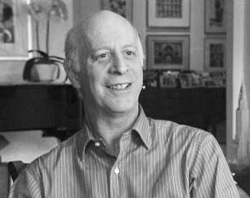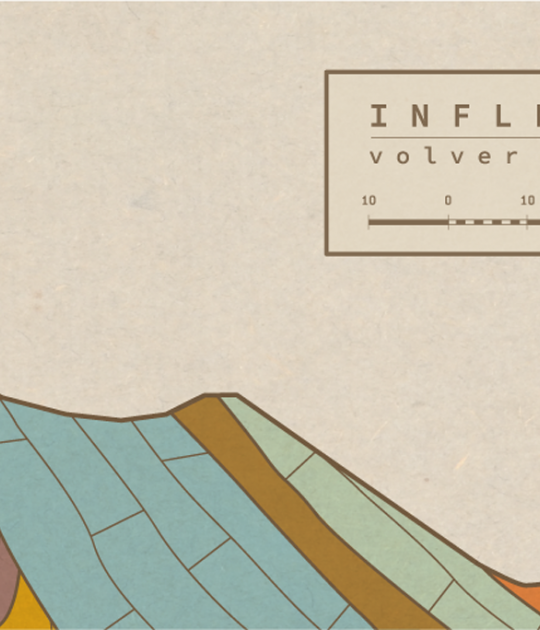Rem Koolhaas wwas born in Rotterdam on 17 November 1944. He began his career as a journalist working for the Haagse Post and also as a set designer in the Netherlands and Hollywood. He studied architecture at the Architectural Association School in London, and after winning the Harkness scholarship he moved to the USA. There he spent some time at the IAUS (Institute for Architecture and Urban Studies) in New York, a centre directed by Peter Eisenman. He later moved to Cornell University where he studied with Oswald Mathias Ungers.
In these early years of collaboration between Rem Koolhaas, Elia Zenghelis, Madelon Vriesendorp and Zoe Zenghelis, the name of the group while they were developing their first ideas and conceptual projects was more experimental: Office for Metropolitan Architecture – The Laboratory of Dr. Caligari. A time that served to consolidate initial ideas that would later lead to the formal founding of OMA in 1975 with his three colleagues.
In 1978 he wrote Delirious New York: A Retroactive Manifesto for Manhattan, which has become a classic of contemporary architectural theory.
The most important works by Koolhaas and OMA, from its foundation until the mid-1990s, include the Netherlands Dance Theatre at The Hague, the Nexus Housing at Fukuoka in Japan, the Kunsthal in Rotterdam, the Grand Palais of Euralille and Lille, the Villa dall’Ava, the Très Grande Bibliothèque, the Jussieu library in Paris, the ZKM in Karlsruhe and the Seattle Public Library.
Together with Koolhaas’s reflections on contemporary society, these buildings appear in his second book, S,M,L,XL (1995), a volume of 1376 pages written as though it were a “novel about architecture”. Published in collaboration with the Canadian graphic designer, Bruce Mau, the book contains essays, manifestos, cartoons and travel diaries.
In 2005, with Mark Wigley and Ole Bouman, he was the founder of the prestigious Volume magazine, the result of a collaboration with Archis (Amsterdam), AMO and C-lab (Columbia University NY).
His built work includes the Qatar National Library and the Qatar Foundation Headquarters (2018), Fondation Galeries Lafayette in Paris (2018), Fondazione Prada in Milan (2015/2018), Garage Museum of Contemporary Art in Moscow (2015), the headquarters for China Central Television (CCTV) in Beijing (2012), Casa da Musica in Porto (2005), Seattle Central Library (2004), and the Netherlands Embassy in Berlin (2003). Current projects include the Taipei Performing Arts Centre, a new building for Axel Springer in Berlin, and the Factory in Manchester.
Koolhaas directed the 2014 Venice Architecture Biennale and is a professor at Harvard University, where he directs The Project on the City, a research programme on changes in urban conditions around the world. This program has conducted research on the delta of the Pearl River in China (entitled Great Leap Forward) and on consumer society (The Harvard Design School Guide to Shopping). Taschen Verlag has published the results. Now is preparing a major exhibition for the Guggenheim Museum to open in 2019 entitled Countryside: Future of the World.
Among the awards he has won in recent years, we mention here the prestigious Pritzker Architecture Prize (2000), the Praemium Imperiale (2003), the Royal Gold Medal (2004) and the Mies Van Der Rohe Prize (2005). In 2008, Time mentioned him among the 100 most influential people on the planet.

























